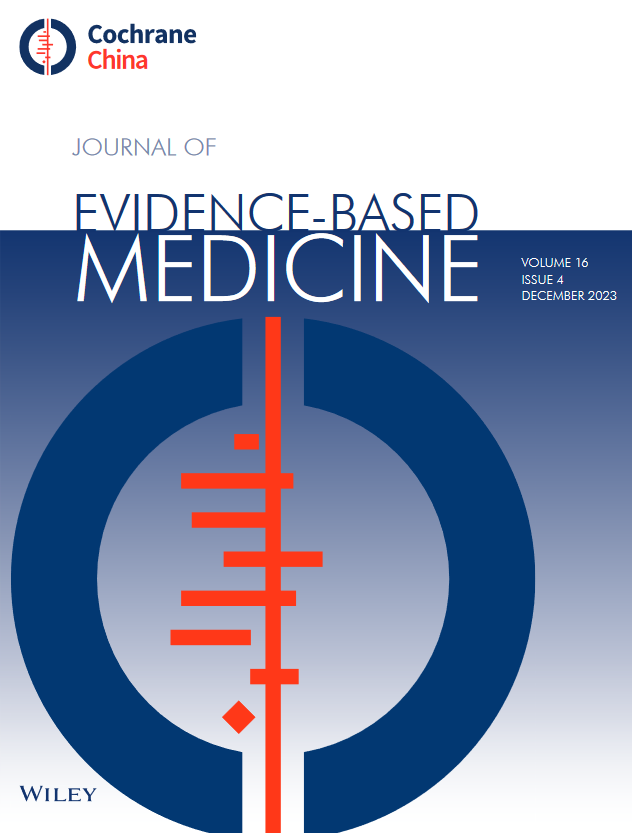The objective of this study was to determine whether insulin resistance (IR) could be used as a predictor of poor prognosis at 3 months after subarachnoid hemorrhage (SAH).
The study included patients aged 18 years or older with a confirmed diagnosis of SAH due to ruptured aneurysm from January 2021 to March 2024. Patients with confirmed diabetes mellitus and taking glucose-lowering drugs, or taking lipid-lowering drugs, or SAH not due to ruptured aneurysm, or comorbid systemic diseases were excluded. Patients were classified into good prognosis (modified Rankin scale [MRS] 0–2) and poor prognosis (MRS 3–6). Receiver operating characteristic curve (ROC), least absolute shrinkage and selection operator (LASSO) analysis, and multivariate logistic regression analysis were used to determine the potential of triglyceride-glucose (TyG) index and the triglyceride to high-density lipoprotein cholesterol (TG/HDL) ratio as predictors of poor prognosis. Finally, a prognostic prediction model based on IR was constructed.
A total of 358 patients were included in this study. Poor prognosis patients had higher age, BMI, hypertension percentage, glucose, triglycerides, TyG index and TG/HDL ratio, and lower HDL. ROC, LASSO, and multivariate logistic regression analysis revealed that age, glucose, TyG index, and TG/HDL ratio had significant potential to predict the prognosis of SAH patients. The prognostic prediction model constructed by combining age, glucose, TyG index, and TG/HDL ratio had high discriminatory power (area under the curve [AUC] = 0.80), satisfactory calibration curves, and good clinical utility.
IR is strongly associated with the prognosis of SAH patients, and the combination of age, glucose, TyG index, and TG/HDL ratio can provide a new direction for future treatment.


